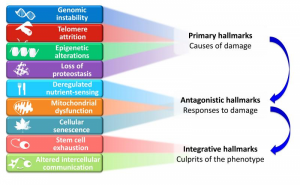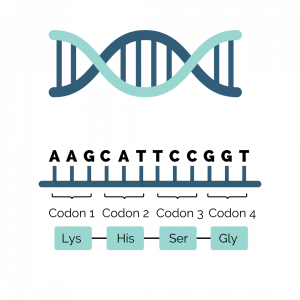We want to bring you the best and most recent research into healthcare and aging. However, the level of background knowledge needed to understand a biological paper can be intense and off-putting; the authors use so much complex terminology that it seems you need to be an expert in the subject before you even start reading.
We think that in depth scientific information about your health should be available to everyone. For us to comprehensively explain the best research to you, we will first start with an overview of the scientific field so far, fully explaining the previous discoveries and terminology needed to understand the papers. This series will start with aging, focusing on the landmark paper “The Hallmarks of Aging” by Lopez-Otin (1).
Aging
Aging is complex. What some see as merely time leaving its mark is actually 9 processes happening simultaneously, leaving cells damaged and old and our bodies vulnerable to diseases. We cannot develop treatments for aging until we have a full idea of what the processes are and how they interconnect.
These 9 processes are referred to as the hallmarks of aging and they are split into three groups:
- The four primary hallmarks, which cause the damage
- The three antagonistic hallmarks, which initially respond to the damage but end up having negative consequences
- The two integrative hallmarks, arising as consequences of the first seven hallmarks when our body’s normal processes fail to cope.
(1) Figure 6, “Functional Interconnections between the Hallmarks of Aging.”
There will be a number articles that cover the research paper, each focusing on a different group of hallmarks. We start with the first one:
Genomic Instability
As we get older, our genes get attacked and more mutations occur.
The DNA that sits in each and every one of our cells is an encyclopaedia. It gives instructions in code, using the four bases A, T, G and C instead of the binary code of our computers or the 26 letters of English. Put three of these bases in a row and you have a codon. A codon is essentially a word, saying the name of a single building block of a protein. These building blocks are individual molecules called amino acids, and a string of amino acids is what makes up a protein. The whole list of codons that creates one protein from start to finish is called a gene.
Proteins can be a string up to 2000 amino acids long. In order to turn from a string of building blocks into a proper protein, the string needs to fold up in a very specific way. If there is a wrong amino acid in the string, or something stops the string folding up properly, then the end protein will not work. Proteins are a marvelously diverse and wide ranging group, able to be anything from signalling molecule to muscle fibre or catalyst. The function it takes on is dependent on its shape, in the same way that a chair or a table’s function is derived from the shape of the wood used. The extensive functions of proteins is how DNA is able to act as a control manual for the cell, as by determining which parts of the DNA are read and translated into proteins, we create cells with different functions (2).
DNA is constantly under some form of attack, from physical and chemical dangers on the outside (like cigarette smoke and the sun’s UV rays) to internal errors when the DNA copying method doesn’t work as perfectly as it should.
The attacks leave things like mutations. Not every mutation is dangerous, and DNA has strong repair mechanisms to minimise the harm, but if enough time goes by then the damage builds up. Eventually there are enough bad mutations that it leads to proteins not being made correctly, which in turn leads to dysfunctional cells that don’t work like they once did. It is these repercussions that become what we see and experience as aging.
Conclusion
This is only an introduction to the reasons why we age. Genomic instability is probably the hardest hallmark to understand if you come from a non-biomedical science background, but the other processes are just as intriguing. An article covering the rest of the primary damage causing hallmarks will come shortly. For further reading in the mean time, the papers referenced in this article are below.
References
- López-Otín C, Blasco MA, Partridge L, Serrano M, Kroemer G. The hallmarks of aging. Cell. 2013 Jun 6;153(6):1194–217.
- Alberts B, Johnson A, Lewis J, Raff M, Roberts K, Walter P. Protein Function. Garland Science; 2002.






Trackbacks/Pingbacks